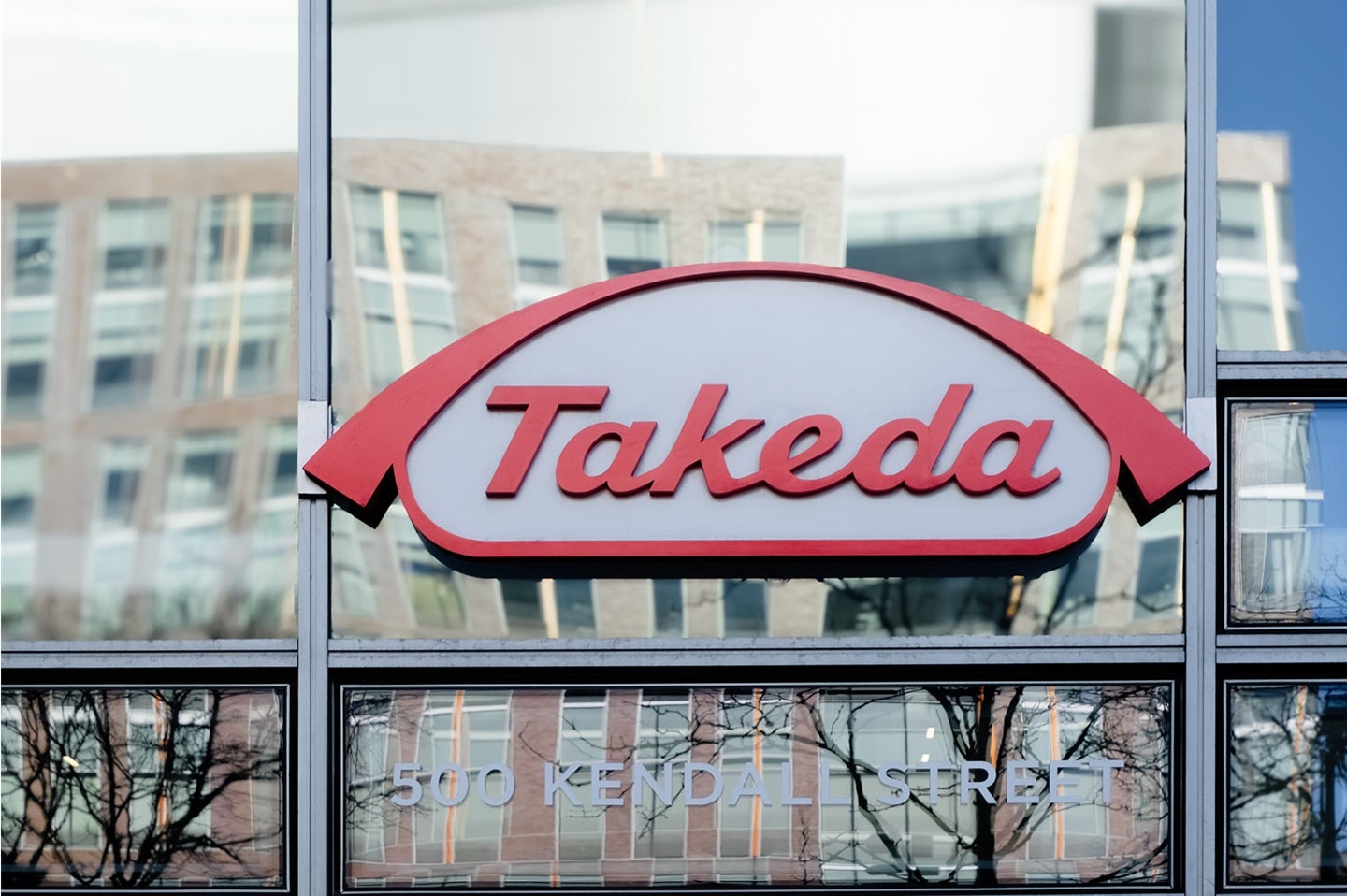STAT+: Pharmalittle: Winners and losers from Medicare drug-negotiation list; Novo strikes deal to keep lead in weight-loss drugs
On Tuesday, the U.S. government named 10 medicines that will be subject to Medicare price negotiations in 2026.

Good morning, everyone, and welcome to the middle of the week. Congratulations on making it this far and remember there are only a few more days until the weekend arrives. So keep plugging away. After all, what are the alternatives? While you ponder the possibilities, we invite you to join us for a delightful cup of stimulation. Our choice today is … cinnamon sticky bun. Please feel free to join us or, if you prefer, grab a bottle of water. Meanwhile, here is the latest menu of tidbits to help you on your way. Have a wonderful day, and please do stay in touch. …
On Tuesday, the U.S. Department of Health and Human Services named 10 medicines that will be subject to price negotiations for the Medicare program in 2026, a milestone and a point to start appraising the impact of the law, STAT explains. The landscape here is complicated. No one really knows how the negotiation process will play out over the short and long term, and many companies that had products named were spared in other ways, with medicines many industry watchers expected to see on the list absent. Still unknown are the size of the discounts, whether the effort holds up to legal challenges, and if any savings to the government are passed to consumers.
The U.S. government’s initial approach to negotiating drug prices could discourage cheaper biosimilar versions of more complex pharmaceuticals that eat up a high portion of total Medicare spending, Bloomberg Law explains. For instance, Johnson & Johnson’s biologic Stelara, used to treat Crohn’s disease and other autoimmune disorders, is on the list, even though a biosimilar is expected to become available before the negotiated prices take effect in 2026. Amgen and J&J reached an agreement in May to allow a biosimilar for Stelara no later than Jan. 1, 2025. Medicare picked its top 10 list based on total spending between June 1, 2022, and May 31, 2023.
What's Your Reaction?


































